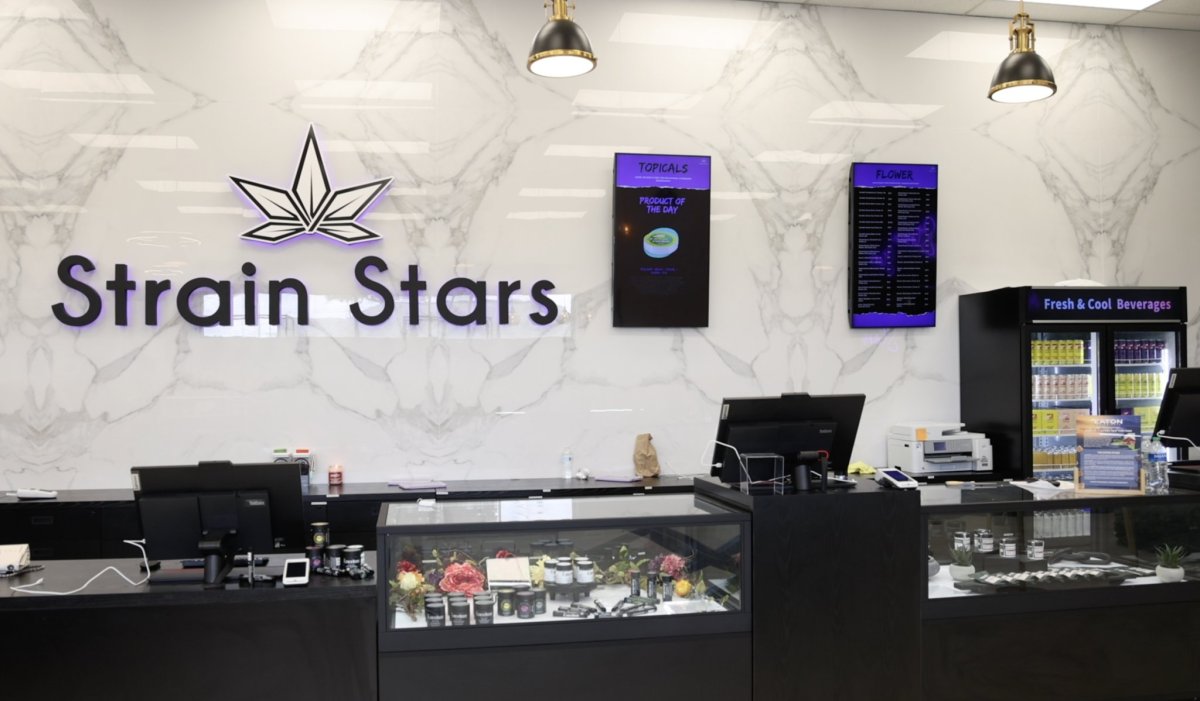Thousands of Long Islanders waited anxiously for the historic Elvis Presley show to be held on Aug. 22, 1977 at the Nassau Veterans Memorial Coliseum. Though The King was far from his former glory as a performer, he was still quite possibly the most recognizable entertainer in the world. Sadly, he passed away days before bringing his tour to Nassau County.
Today, the famed Nassau Coliseum itself is in a race against time. In a much-ballyhooed effort by County Executive Edward Mangano, the county government—along with several strange bedfellows that include labor unions, hockey fans and business groups—is putting on its own show worthy of the many Coliseum circus acts over the years to rally support for the construction of a new, $400 million taxpayer-financed coliseum and minor league baseball park as the centerpiece for the long-troubled Nassau Hub development project. Mangano’s P.T. Barnum act has pulled out all of the stops, short of resurrecting Elvis himself.
The potential beneficiary of Nassau’s taxpayer largesse is multi-millionaire Charles Wang, owner of the New York Islanders and one of the Island’s most enigmatic business leaders. Just a few short years ago, it was Wang in the center ring, alongside RXR Corp’s Scott Rechler, touting their plan for the Lighthouse Development project, the largest proposed mixed-used development on Long Island. Here too the Coliseum was the centerpiece. Bitter partisan politics between then-County Executive Thomas Suozzi and Hempstead Town Supervisor Kate Murray and Wang’s stubborn refusal to accept anything less than his complete vision of the Lighthouse project, married with an increasingly difficult lending environment, spelled the proposal’s demise.
Oddly enough, it was an unrelated event on the other end of the Island that momentarily breathed new life into the Coliseum. In June of 2010, The Shinnecock Nation was awarded federal recognition and talk of a casino located at the Nassau Coliseum site began to percolate. While that proposal never made it out of the conceptual stage, it reignited interest in the property and, in hindsight, gave Nassau County the perfect opportunity to propose an alternative, less controversial plan.
It’s a plan, stresses Mangano and Wang, that must go into effect now—to be decided by Nassau voters through an Aug. 1 referendum.
“It is very serious that unless we move forward with plans to create a sports entertainment destination and keep the Islanders here, we will likely see a shuttered arena,” Mangano tells the Press. “The loss of the arena would cost over $200 million in local, in regional revenue.”
An analysis by the Press—consisting of dozens of interviews, from residents and business owners to lawmakers, Isles fans, county officials and members of LI’s building and business sectors, including Wang and Mangano themselves and a review of all published assessments of the proposal outlining its positives and consequences, should there be inaction—reveals strong arguments on both sides of the heated debate. By its designers’ own admissions, there are still additional documents yet to come (including a much-touted non-relocation agreement that would theoretically bind the team to the Coliseum), along with further details to be explained. Yet, simply put, the upcoming much-hyped referendum raises more questions than proponents have answers.
Nassau voters are being asked to evaluate an incomplete proposal on a building with no architectural rendering, differing projections from varying county departments and a loosely defined financial guarantee from the team the arena is supposed to house.
It’s a plan that will absolutely increase taxes on residential and commercial property owners in the short term, may or may not pay for itself over 30 years, and will expand the county’s ballooning budget deficit—all in the name of keeping an organization that hasn’t iced a championship team since 1983.
Some taxpayers are calling it a bailout for a multi-millionaire. The development community considers it a tax increase for what amounts to a real estate deal. Union trade workers see it as the only substantial project on the horizon and a chance to get back to work. Islanders’ fans in Nassau are willing to foot the bill if it means keeping their beloved team, making the real winners Islanders fans who live in Suffolk.
Wang has publicly stated he will not pursue private financing options to build the coliseum. Does that imply that ownership is in financial trouble? What does that mean for any potential guarantee? If the Islanders go bankrupt does that necessarily force Arenaco, a shell company created through Wang that will be the county’s actual lessee, out of the picture? Does it even matter considering past numbers show the revenue generated at the coliseum didn’t change during the NHL lockout when there was no hockey? Whose numbers should voters believe?
Under the best case scenario put forward by the Islanders—one that even the county-hired economic development consulting firm Camoin Associates thinks is impossible—the county would take in $2.2 million dollars per year in profit. That’s great, until one realizes that this is less than what the county takes in under the agreement with its current lessee.
Few would argue though that the Coliseum has seen better days and needs to be replaced. That’s assuming, however, that voters believe Nassau even needs a coliseum or a hockey team, for that matter.






























